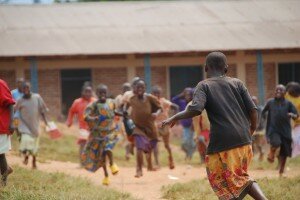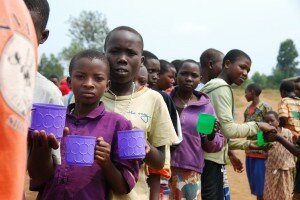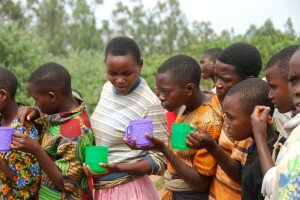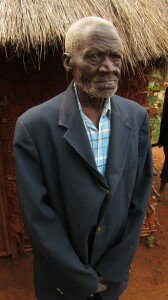By Dr. Mirta Roses Periago, NTD Special Envoy
Next week, from May 28th to 30th, Canadian Prime Minister Stephen Harper will host a summit on maternal, newborn and child health (MNCH) in Toronto, Canada. Titled “Saving Every Woman, Every Child: Within Arm’s Reach,” the summit will bring global leaders and experts together to ensure that MNCH remains an international priority – not only for Canada, but for all countries.
This summit is extremely timely due to the close 2015 deadline of the Millennium Development Goals (MDGs) and with the global community refining the priority themes to include into the post-2015 development agenda. As Canada prepares to launch its renewed MNCH strategy and as governments adopt greater collaboration through public-private partnerships, the Global Network is calling on the Canadian government, NGOs, research organizations and the private sector to include action against neglected tropical diseases (NTDs) within their new MNCH framework and global health and development priorities.
NTDs are a group of 17 parasitic and bacterial infections with a larger extension since they affect more than 1 billion people worldwide. Soil-transmitted helminths (STH or parasitic infections) such as hookworm can cause severe anemia and contribute to pregnancy complications in women and severe malnutrition in children. Schistosomiasis infections keep young girls and women in a vulnerable situation for HIV/AIDS infections. And the impact of NTDs stretches far beyond the health sector – they also impact educational achievement, food security, economic growth and gender equality.
NTDs pose a threat to the development of endemic countries by trapping the most vulnerable populations in cycles of poverty and disease, and by undercutting ongoing efforts to achieve the MDGs. The control and elimination of NTDs will be critical to eradicating poverty and to attaining the Sustainable Development Goals set by the post-2015 development agenda process.
The Canadian government has been a strong leader in global MNCH efforts, as evidenced through the widely successful Muskoka Initiative. Announced by Prime Minister Stephen Harper at the G8 Summit in June 2010 in Toronto, the Muskoka Initiative has advanced the critical goals of improving the health of women and children in developing countries and reducing the number of preventable deaths. By 2015, Canada will have dedicated $2.85 billion to this initiative, focusing on three priorities: strengthening health systems, reducing the burden of disease and improving nutrition.
Programs that address NTDs are “best-buys” in global health. Providing deworming medication for parasitic infections, along with other MNCH interventions such as iron supplements and vitamin A, can help reduce anemia and malnutrition — improving the overall health of mothers and children. A golden opportunity exists for Canada to collaborate on NTDs with the private sector, which has stepped up to donate the drugs needed to prevent and treat worms and other NTDs.
NTDs inclusion into Canada’s MNCH and international development strategy can make a real difference in the results achieved in a short and mid-term period. This would lead the way for other countries, both donor and endemic, to make a political and financial commitment to end these diseases of poverty. Together, under this leadership, we will be able to reach the goals of the London Declaration on NTDs and the World Health Organization’s (WHO) Roadmap on Neglected Tropical Diseases, thus moving closer to eradicating poverty, and saving and improving the lives of mothers and children worldwide.








